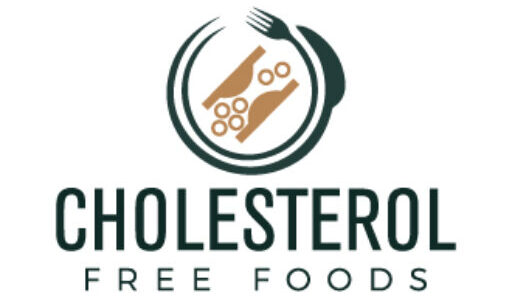High Blood Pressure and High Cholesterol
High blood pressure and high cholesterol are considered the most important cardiovascular risk factors, and their importance lies in the fact that the effects of atherosclerosis increase exponentially when both diseases occur in the same individual.
Elevated cholesterol levels, in addition to contributing to the development and maintenance of hypertension, will gradually and consistently increase the vascular risk of hypertension.
The importance of hypertension and high cholesterol considered the most important cardiovascular risk factors, lies in the fact that the atherosclerotic effect of both diseases increases exponentially when they occur in the same individual.
Both conditions occur with similar frequency in adults, with people with hypertension tending to have higher levels of total cholesterol, LDL (bad) cholesterol, and triglycerides and lower levels of HDL (good) cholesterol than people with normal blood pressure.
Cholesterol is a fat that circulates in the blood and is involved in many metabolic processes in the body. Some hormones, such as sex hormones and steroids, are synthesized from cholesterol.
It is necessary for the digestion of fats and is involved in the formation of bile acids. Also, it is converted to vitamin D by the skin and sunlight and is part of the membranes of all cells in the body. The cholesterol available to our body comes from two different pathways, one is synthesized in the liver and the other is obtained directly from food.
This is a very easy disease to diagnose. The level of cholesterol in the blood can be determined by routine laboratory analysis or by simply pricking the finger pith and in a few minutes, we can know what our cholesterol level is. Many pharmacies already have this equipment.
Cholesterol levels fluctuate due to stress, time of day, and other factors, so at least two measurements are needed to make a diagnosis. In order for the cholesterol measurement to be valid, the patient must fast 12 hours prior to the blood test. There are other types of fats in the blood, such as triglycerides, which also need to be measured to determine the extent of dyslipidemia or blood clots.
As with blood pressure, remember that there is no one number that eliminates the coronary risk associated with cholesterol levels.
The risk is progressive and continuous, meaning that the lower the blood cholesterol level, the lower the risk of developing cardiovascular disease. In practice, the ideal level depends on the presence or absence of other associated risk factors. Each laboratory will generally give a normal number that they can consider to be highly desirable.
- Total cholesterol below 200 mg/dL.
- Triglycerides less than 200 mg/dL.
- LDL cholesterol is less than 150 mg/dL.
The cholesterol present in our body is formed on the one hand by the cholesterol products of our own organism and on the other hand by the cholesterol products that reach our body through food, which is mainly of animal origin.
The blood is required to carry special particles called lipoproteins. The most important of these are
- LDL or low-density lipoproteins. The cholesterol that binds to these lipoproteins is called LDL cholesterol or “bad cholesterol” because it is the cholesterol that is deposited on the walls of blood vessels. These lipoproteins increase when you eat a lot of animal fat, fatty cheese, or sausage.
- HDL or high-density lipoprotein. This lipoprotein cleans the excess cholesterol from the walls of your blood vessels so that it can be released more easily. It is the HDL cholesterol or “good cholesterol”. They increase exercise, high fiber, and a diet low in fat and cholesterol.
If you have high blood pressure.
Please note that no matter how high your blood pressure is or whether you are on antihypertensive treatment, the following hygienic and dietary measures are needed
- If you are obese or overweight, control your weight.
- Exercise regularly (isotonic).
- Moderate alcohol consumption.
- Moderate consumption of limited salt (5 g/day).
- Eliminate tobacco (since tobacco is an important risk factor for the cardiovascular system).
- Among other measures: encourage the consumption of foods rich in calcium, potassium, and fiber.
- Practice relaxation techniques.
And if you also have high cholesterol.
All these measures coincide with the general recommendation that cholesterol levels above what you consider normal should be followed, except for salt restriction.
For hypertension and obesity, keep in mind that small weight loss (2-4 kg) can have a very beneficial effect on blood pressure control, partly because obesity is responsible for relative resistance to antihypertensive drugs.
Also, if you have high cholesterol, it has been shown that.
- Excess weight is associated with increased total cholesterol, decreased “bad” LDL cholesterol and triglycerides, and decreased “good” HDL cholesterol.
- Obesity is a cause of relative resistance to antihypertensive drugs.
The distribution of body fat can affect the risk of a heart attack. For example, increased fat accumulation in the belly and upper body is associated with a higher risk than in the lower extremities.
Exercise has a very beneficial effect on cholesterol levels.
- Makes weight management easier.
- Lowers blood pressure.
- Improves blood lipids, lowering triglycerides, and increasing HDL (good cholesterol).
Remember, exercise should be aerobic-based on your physical condition and always under the supervision of your doctor.








